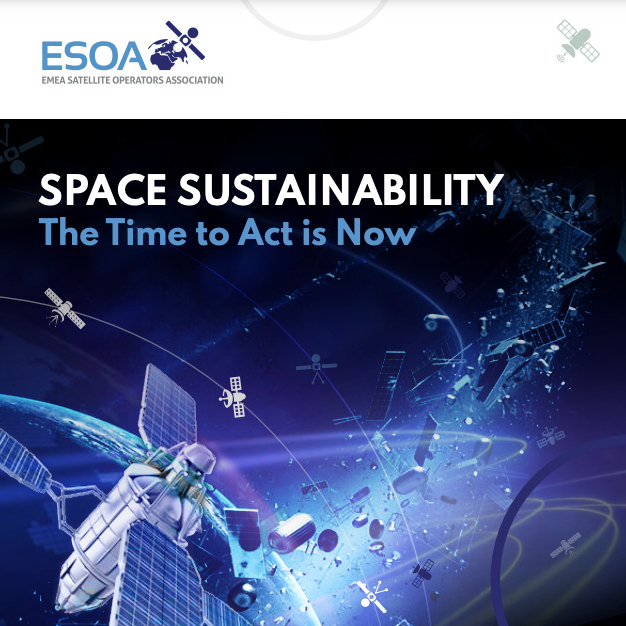Introduction
The deputy administrator for NASA says the company’s plans to implement the new space sustainability strategy of the agency are moving forward significantly three months after they were unveiled. One such speech was given by Pam Melroy, NASA Deputy Administrator, on July 12th at the Secure World Foundation Convention for Space Sustainability in this place. She discussed the space sustainability strategy that the agency had launched in April. The plan entails several research areas that will aid in understanding better how debris keeps on increasing within planet Earth’s orbit, and how to decrease them.

It also consists of creating a “broadly accepted framework” for assessing space sustainability. Frameworks have been surveyed since April. She reported that they were collecting and gathering measurements and models including looking into other frameworks related to “extremely complex environments” in heliophysics and Earth science. She said the work was still going on, and she expected to have a draft of the framework by November.
Despite this, Melroy asserted that the agency is working on other components of the strategy concurrently, irrespective of its focus on the framework as its prime objective. The assessment involves uncertainties in collision risk prediction. In addition, NASA made public an economic analysis report about debris tracking repair and asked staff how missions could be made more sustainable.
When NASA unveiled its plan in April, Melroy made it clear that before spending money on any debris removal technologies, the organization intended to finish the framework and the study of uncertainties—a concept she referred to in her address as an “investment portfolio.” She said NASA conducted a review as part of a larger analysis of technology shortfalls, but that is still the case.
“I anticipate that a significant portion of our investments will go towards early-stage orbital debris management, improved space situation awareness and traffic management, and environmental education,” the spokesperson stated.
Determining how NASA will make the capabilities it creates available to other users is a crucial component of those efforts. She declared, “We need a transition partner for everything we do.” We must recognize that this is not something we will do in an ivory tower. We need to confirm that we comprehend its intended application.
According to Melroy, NASA has been focusing on international and interagency coordination to meet the strategy’s other objectives. Additionally, the organization is employing a director of space sustainability to oversee the strategy’s execution. In her address, she declared that Trudy Kortes, a representative of NASA’s Space Technology Mission Directorate, will take over as director of space sustainability temporarily.
“She’s just going to assist us take those initial steps while we’re going through a comprehensive search,” Melroy said of Kortes, mentioning “great interest” in the position from inside and outside NASA. The April release of the strategy is divided into two volumes, the first focused on Earth orbit and the second dedicated to cislunar space. “There are a lot of unknowns, and I think that’s probably one of the hardest things about cislunar,” Melroy stated of Kortes, adding, “Unlike the well-studied Earth environment, there’s a lot we’re still wrestling with.”
She stated that there are connections between the agency’s space sustainability initiatives and the Artemis Accords, which contain clauses on reducing orbital trash and resolving conflicts between space missions. Regarding the talks among the Accords’ signatories, she stated, “We are talking about what non-interference means and what space sustainability means.” “The cislunar volume will directly benefit from that consultation.”
Wrap up
For decades, NASA has served as a proactive leader for responsible and sustainable space operations. Entities across the agency develop best practices, analytic tools, and technologies widely adopted by operators around the world. The new strategy seeks to integrate those efforts through a whole-of-agency approach – allowing NASA to focus its resources on the most pressing issues. To facilitate that integration, NASA will appoint a new director of space sustainability to coordinate activities across the agency.













